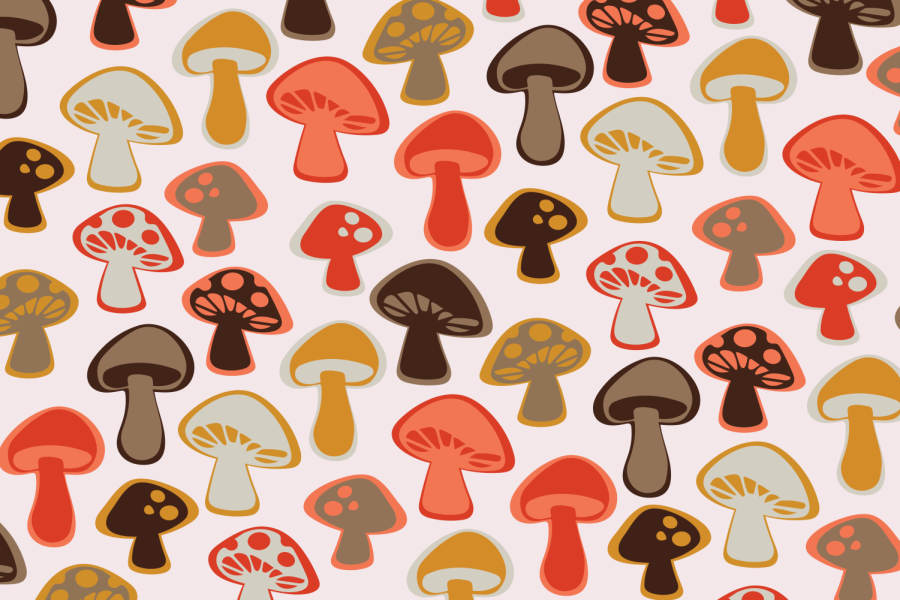Imagine, if you will, a world full of monkeys tripping on psychedelics, elephants getting drunk and rodents drifting away in the heroin sea of tranquility.
Or don’t. All of the above are already happening every day. Whether due to human intervention or natural availability, all kinds of animals are getting hammered, blitzed, blazed or otherwise stoned.
In terms of animals getting their noses powdered, “Cocaine Bear” has recently seen a theatrical release and made $23 million in its opening weekend.
The estate of the bear is probably not thrilled with her portrayal, however. Though “Cocaine Bear” is loosely based on a true story, in reality, the bear died shortly after it ingested more than 200 pounds of cocaine alone in the woods — no murderous rampage or Margot Martindale involved.
This comes as a relief, as a movie about a murderous bear snorting lines wouldn’t be as fun if it was built upon real human loss.
This film’s success has left the world (i.e. sleep-deprived columnists) wondering: what more can be derived from the seedy underbelly of the drug-riddled animal kingdom?
Moving on from cocaine, elephants and bears can often be seen on videos stumbling around or generally acting odd, the titles attributing this to the ingestion of rotten, fermenting fruit. This, of course, makes me imagine elephants utilizing their trunks as a beer bong, the acting frat boys of sub-Saharan Africa.
In reality, the amount of fermented fruit and the general disbelief that these animals would willingly eat rotten food make these claims seem far-fetched at best. Perhaps it has happened on occasion, but a lack of pledges may force Elephant-Zeta-Gamma into inactivity.
Into a more scientific sect of animals getting their fix is the wild world of animal testing. A 2019 study found rats prefer social interaction to meth and heroin. How interesting: if you leave an animal in virtual confinement with nothing to interact with but hard drugs, given the opportunity they will seek the comfort of another living being.
I am certain this revelation was deeply necessary to the advancement of science. Of course, we can’t lock a human being in a drugged-up existential nightmare and see how they react to seeing another human again. The rats simply must show us what happens.
I’m certainly no animal rights activist or PETA fanatic, but the thought of being locked alone in an enclosure spaced out on heroin, only to be forced by giants of a greater intelligence to choose between stemming withdrawal and interacting with another being is uniquely disturbing. That’s a level of cosmic horror rivaling H.P. Lovecraft.
On the flip side, researchers tested ayahuasca on some primates to see if it could treat depression. They measured cortisol levels, weight gain, social isolation and other behavioral parameters. In the two weeks after the drug was administered, most of the primates saw positive change in each of these categories.
It is important to note this study is from 2018 and has yet to be peer reviewed. I have written in the past about the potential of psychedelics, so I want to believe that this study may hold some weight.
Depression curing or not, it makes you wonder what exactly a primate envisions deep in a trip session. Outside of the lab, the Goeldi’s monkeys of South America have been known to rely heavily on mushrooms in their diet.
With plenty of psychoactive substances in their region, it’s not a stretch to think some mushrooms of the magic variety have found their way into their diet.
The world of drugs in the animal kingdom can be a dark, nightmarish place. It’s nice to think somewhere in South America there are some monkeys enjoying a tasty mushroom snack and taking it easy for the rest of us.













